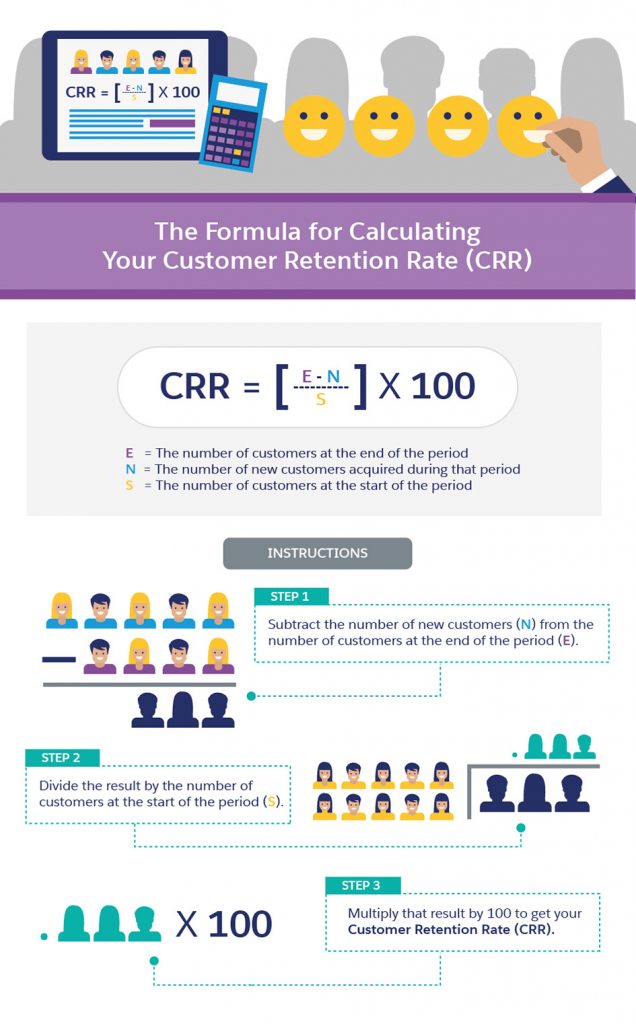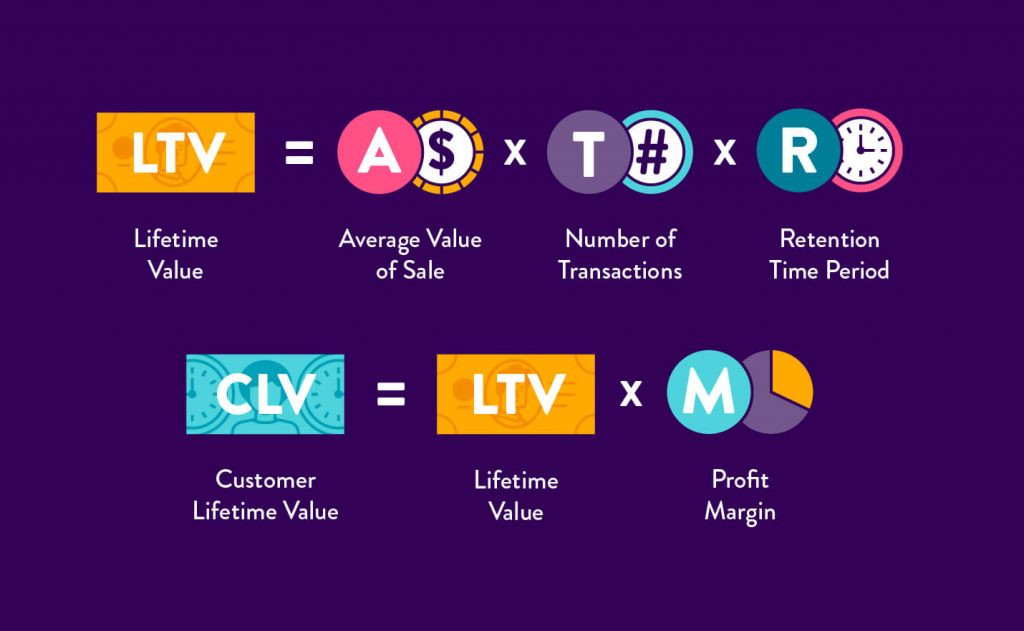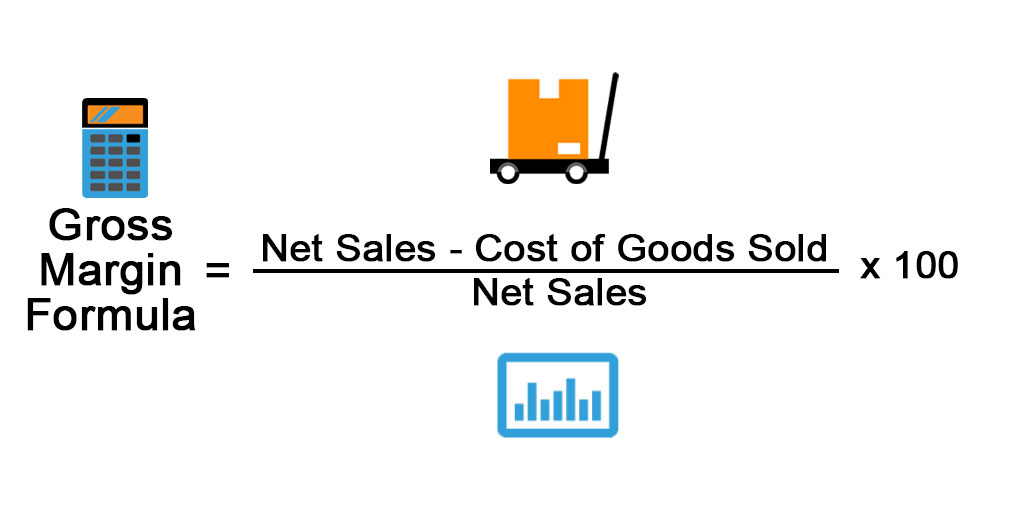From The Only SaaS Analytics Tool: Top 12 SaaS Metrics
SaaS companies want to grow, increase their customers, increase their revenue, and in doing so, they need to focus on the right things.
To do this, companies need SaaS metrics. Thanks to these metrics, you can make better decisions and change your strategies for your company’s growth. This article will explain the most important metrics you should use for your SaaS company.
MRR
MRR is used as an abbreviation for Monthly Recurring Revenue. MRR is a metric that shows the monthly revenue expectations of SaaS companies. MRR is one of the fundamental metrics for SaaS reporting. Because this metric helps convert all subscriptions into a single number tracked monthly.
Why is MRR Important?
MRR is the most crucial metric for financial growth. Companies evaluate the productivity of their employees by looking at the MRR value. MRR helps you decide on these issues:
- Performance Tracking
MRR is a value that will help you when you want to decide on your target income, your pace of progress, the impact of your sales on your income. With MRR, you can more accurately analyze what to focus on, how long you have left to reach your goals and your progress.
2. Sales Forecast
You can make more accurate sales forecasts by looking at the total MRR value. In this way, you can set more realistic targets for your sales.
3. Budget Allotment
With MRR, you can have information about the money you will invest each month. Thus, MRR is one of the most important metrics for business planning and decision-making.
Calculation of MRR
To calculate MRR, you need to multiply your revenue per customer by the total number of users for that month.
MRR= number of customers * average billed amount
Example:
If you have 50 customers and your monthly income per customer is $100, MRR is $5000.
50 customers*$100/mo =$5000 MRR
New MRR
You can calculate the change in your MRR compared to last month by calculating “Net New MRR.”You need the 3 key values to calculate the Net New MRR:
- New MRR: revenue from new customers
- Expansion MRR: revenue earned from package upgrades for existing customers, also known as upgrade
- Churned MRR: revenue lost due to package cancellation or downsizing
Net New MRR= New MRR + Expansion MRR – Churned MRR
Retention Rate
Retention rate is a metric that shows what percentage of your customers are retained at the starting point. Also, if a company has a high retention rate, this situation indicates that the company has a low churn rate.
Why is Retention Rate Important?
Retention rate can help you better understand what aspects of your company are retaining customers. You can also better understand what you need to improve customer service. This way, you can work better to maintain customers. Therefore, retention rate metric is so crucial for your customer service.
Calculation of Retention Rate
To calculate the retention rate, you need the 3 key data:
- The number of customers at the start time period=S
- The number of customers at the end of the time period=E
- The number of new customers acquired during the time period=N
Retention Rate= [(E-N)/S] * 100

Churn
Churn is the ratio of the number of customers you lost in a certain period to the total number of customers.
Why is Churn Important?
Churn is one of the most critical SaaS metrics. Because knowing the percentage of customers you lose is crucial in growing your business. Acquiring new customers is more costly than retaining existing customers. Therefore, companies need to be able to keep their customers. You can profile your lost customers’ thanks to churn. In this way, you can analyze why you lost customers or which customers you have the potential fail.
Calculation of Churn
To calculate the churn, you need 2 data:
- Number of all customers
- Number of lost customers
When the lost customers are compared to the regular customers, the result is the churn result. To understand the “why,” behind customer churn, you can use churn surveys.
Churn= Number of the missing customers/ number of all customers

Churn vs. Retention Rate
Churn rate and retention rate are often confused. Churn rate is the percentage of customers who sign up and then leave within a given period. However, customer retention is the percentage of customers who sign up and stay with you.
What is most beneficial for you is to have a high customer retention rate and a low customer churn rate. A high churn rate is bad for your company because lose customers. But a high retention rate is good for your company because you retain customers.
Runway
Runway is a SaaS metric shows the value that shows how many months your business will survive until you run out of cash.
Why is Runway Important?
Runway is a value that shows whether your business is overspending. With runway, you can find answers to questions such as looking for additional financing options or reducing the amount of cash you spend per month. Runway also shows how effectively you manage money.
Calculation of Runway
To calculate the runway rate, you need the following data:
- Projected burn rate (Calculate using this burn rate calculator)
- Total cash
Runway= Total Cash/ Burn Rate
Example:
If your business currently has $50 million and spends $10 million a month of that, it will have a five-month cash runway before insolvency.
Referrals
Referral is the acquisition of new customers through existing customers. For this, companies reward customers when they share the service with others.
Referrals allow your company to gain new customers without spending large sums on marketing campaigns. For referral, existing users are usually given a referral link or code that they can share with their acquaintances. Referrer receives a reward when a new user signs up using this link or code. An effective product marketing strategy is extremely important for a high referral rate.

Why are Referrals Important?
Referrals are crucial for SaaS because referrals cost less. Also, new customers trust the company more because they get links or codes from people they know. Customer referrals create a loop. Thus, it makes the opportunity to grow your company continuously.
Calculation of Referral Rate
Your referral rate is the rate of new customers coming in through referral programs. So a referral rate of 10% means that 10 out of 100 of your sales came from referrals.
( # of referred purchases / # of total purchases ) x 100
Organic Traffic
Organic traffic represents visitors to your website for free or due to search results. Organic traffic is not generated by paid ads or other methods to attract site visitors.
If site visitors find their way to your website by themselves after using a search engine, it is organic traffic. Organic Traffic means that they are not redirected to your business website by any other website or due to advertisements.

Why is Organic Traffic Important?
With PPC, you need to spend money for each click. However, with a good SEO & content marketing strategy, your organic traffic increases without much input later on.
This allows you to get clicks and conversions without much work after working on your strategy for a while. It’s not easy, but it has a great return.
Calculation of Organic Traffic
You can use Google Search Console or your analytics tool to check out your organic traffic.
CLV
CLV is a SaaS metric that measures the total revenue a business expects to generate from a customer as long as they remain a customer. CLV is also an important metric for SaaS businesses. When measuring CLV, it is necessary to look at the total average revenue generated by a customer and the overall average profit.
Why CLV important?
When you measure CLV, you can work to reduce costs and increase profits. In this way, you can improve your strategies. Also, with CLV, you can find more suitable customers for your company. CLV helps you make forward-looking decisions about costs. Without CLV, you can overspend and make unproductive decisions.
CLV Calculation
If you want to calculate CLV, you must first calculate the average purchase value and then multiply that number by the average number of purchases to determine customer value. It may seem not very clear.

To calculate CLV, you must know the 3 data:
- Average Order Value
- Average Number of Transactions Per Period
- Customer Retention
CLV = Average Transaction Size * Number of Transactions * Retention Period
Annual Contract Value
Annual Contract Value (ACV) is the subscription revenue generated from each contracted customer in a year. For example, if a customer signs a $50,000 five-year deal, your annual contract value will be $10,000.
Why is Annual Contract Value important?
It would be best if you used annual contract value to determine how your SaaS business is performing. Annual contract value helps you measure the performance of your sales and customer success teams over time. It also informs you how much you should invest in your marketing and sales efforts.
Calculation of Annual Contract Value
You get the annual contract value when you proportion the total contract value to the whole years in the contract.
ACV= Total Contract Value/Total Years in Contract
MRR Growth Rate
MRR Growth Rate represents the net increase or decrease in regular revenue in the next month. Monthly income varies from month to month due to earned and lost income. MRR growth rate is also a metric to analyze these changes. MRR Growth Rate is also a metric that allows you to analyze these changes.
Why is MRR Growth Rate Important?
MRR Growth Rate is one of the most critical SaaS metrics to ensure overall profitability. MRR Growth Rate shows new revenues, contractions, and expansions in your insanity. If your MRR growth rate is increasing, it means that your SaaS business is growing. Thus, MRR Growth Rate metric is so important for SaaS businesses.
Calculation of MRR Growth Rate
MRR Growth Rate= (Total MRR end of period – Total MRR beginning of period) / (Total MRR beginning of period)
Activation Rate

Activation Rate is a metric used to measure product success at certain customer lifecycle stages. Activation Rate is one of the “pirate metrics” (Acquisition, Activation, Retention, Revenue, Referral, or AARRR).
Why is Activation Rate Important?
Activation Rate happens early in the customer lifecycle, so it’s an important metric to track. If your activation rate is low, it may indicate that you may have problems preventing your customers from being activated.
If your activation rate is high, it suggests that the product is successful for the user because poor performance at this stage can be remedied with minimal damage to the business.
Calculation of Activation Rate
(Number of users who complete the set milestone) / (Total number of users who signed up)*100
NPS (Net Promoter Score)
NPS is the measurement of your customers using your products to recommend your brand to other people. It is a metric used in customer experience measurement. This metric can analyze how much customers like your products and services.
Why is NPS Important?
Thanks to NPS, you can understand what makes your users happy. In addition, thanks to NPS, you can produce new products based on which features of your product are liked.
NPS is a fundamental SaaS metric in the business development phase. NPS can help you reduce your customer churn and increase customer retention.
Calculation of NPS
A scale related to customer satisfaction is created. The scale is graded from 0 to 10. Promoters are those who score 9 and 10; passives are those who score 7 and 8; detractors are customers who score between 1 and 6.
NPS= %Promoters – %Detractors

Gross Margin
Gross Margin is your company’s sales minus the cost of goods sold and is expressed as a percentage of sales.
Why is Gross Margin Important?
You can see how efficiently your company makes money from the products with Gross Margin. Gross Margin is your company’s sales minus the costs and is expressed as a percentage of sales. Gross Margin is the revenue percentage generated after subtracting direct expenses such as server fees.
Calculation of Gross Margin
Gross Margin= (Net sales – Cost of goods sold) / (Net sales)*100

Conclusion
Setting metrics for your SaaS company and analyzing these metrics correctly is very crucial for your company to grow and work more efficiently. In this article, I explained the 8 metrics for SaaS. These 8 metrics are the most important metrics for SaaS companies. You can use these metrics to make better decisions for your company.
The rule of 40 is a rule that measures the efficiency of your SaaS company. Rule of 40 is a rule that the sum of your SaaS company’s growth rate and profit should be at least 40. If your company is successful in the rule of 40, you have pricing power and high-demand products. In short, if the sum of your growth rate and profit is at least 40, it means you have a healthy SaaS company. If it’s greater than 40, it indicates your company is doing pretty well.
Companies invest in applications that most of their employees do not use. This causes companies to waste their money for nothing. That’s why it’s essential to track and accurately measure SaaS usage. To measure the SaaS usage, you should use the 3 data: licenses, user logins, and features. Licenses are the very foundation of SaaS measurement. More efficient spending can be achieved by separating used and unused licenses. User logins are also a way to monitor licenses. Pricing varies according to features. The higher the features, the higher the price. But sometimes, users do not use high features. Therefore, measuring SaaS by looking at features is also critical for managing expenses.



